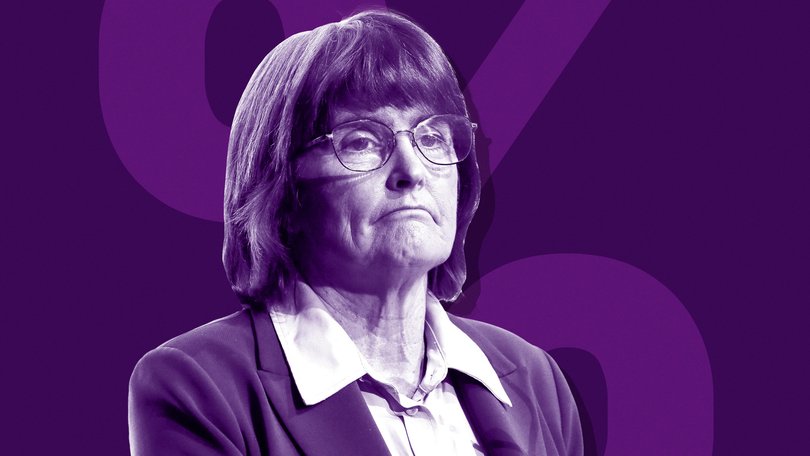RBA inflation rate: Consumer prices tipped to soar beyond targets but interest rates impact is uncertain

Consumer prices could soar beyond the Reserve Bank’s targets for the first time in more than a year, economists predict, as the central bank considers its next interest rate move.
New monthly inflation data will be released by the Bureau of Statistics on Wednesday, giving analysts a better sense of the trends in Australia’s economy.
At the same time, more warning signs are emerging that suggest ongoing challenges for businesses amid difficult economic circumstances and global trade tensions.
Sign up to The Nightly's newsletters.
Get the first look at the digital newspaper, curated daily stories and breaking headlines delivered to your inbox.
By continuing you agree to our Terms and Privacy Policy.Experts are forecasting the August reading for inflation to increase to at least 3.1 per cent, driven by a small uptick in electricity costs and ongoing growth in house prices.
“New dwellings inflation is set to re-accelerate. Stronger than expected shelter inflation is an upside risk to the inflation outlook,” NAB senior markets economist Taylor Nugent said.
Technical calculations will also have an impact on the figure - lower levels of inflation from 12 months ago will now be stripped out of the rolling average.
Given the RBA’s target band for consumer price increases is between two and three per cent, Wednesday’s figure may tip just outside that range.
Still, many economists do not think the higher headline inflation rate will have much impact on the bank’s thinking when it comes to setting interest rates.
Underlying inflation, which strips out volatile items like power prices, is the Reserve Bank’s preferred measure.
It’s tipped to drop slightly in Wednesday’s figures.
Monthly figures are also seen as less reliable than the Bureau of Statistics’ quarterly data.
The RBA board begins its next interest rate meeting on September 29, but analysts and markets predict it will wait until November to announce another rate cut.
At the same time, new data shows companies are feeling the pressure given higher wholesale prices and trade tensions with the US and other countries.
There was a 19 per cent surge in the number of businesses defaulting on payments in July, a reading which remained steady in August, according to a report from Creditorwatch.
Small business failure rates are also 12 per cent above the 10-year average, with Western Sydney and southeast Queensland the highest-risk areas.
